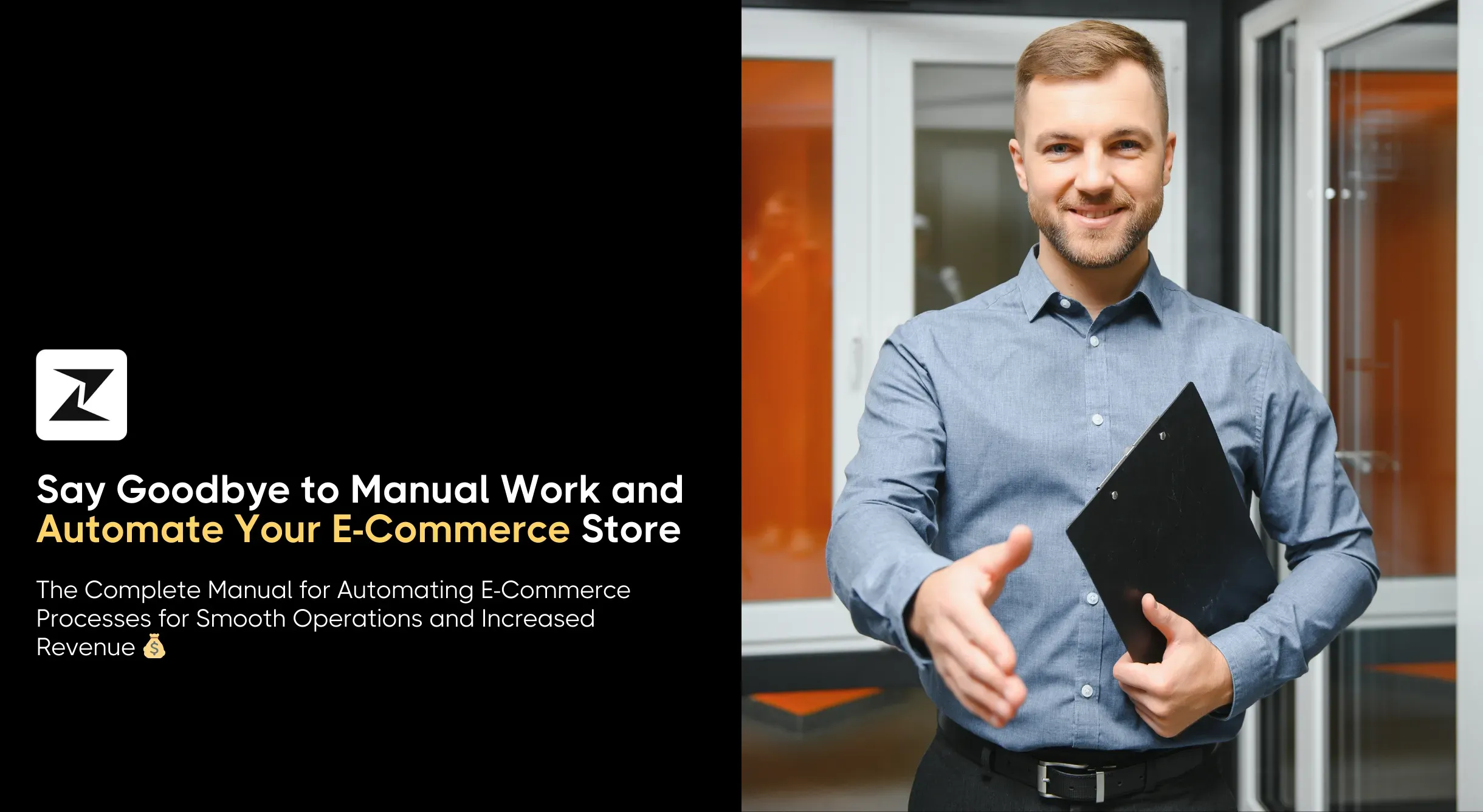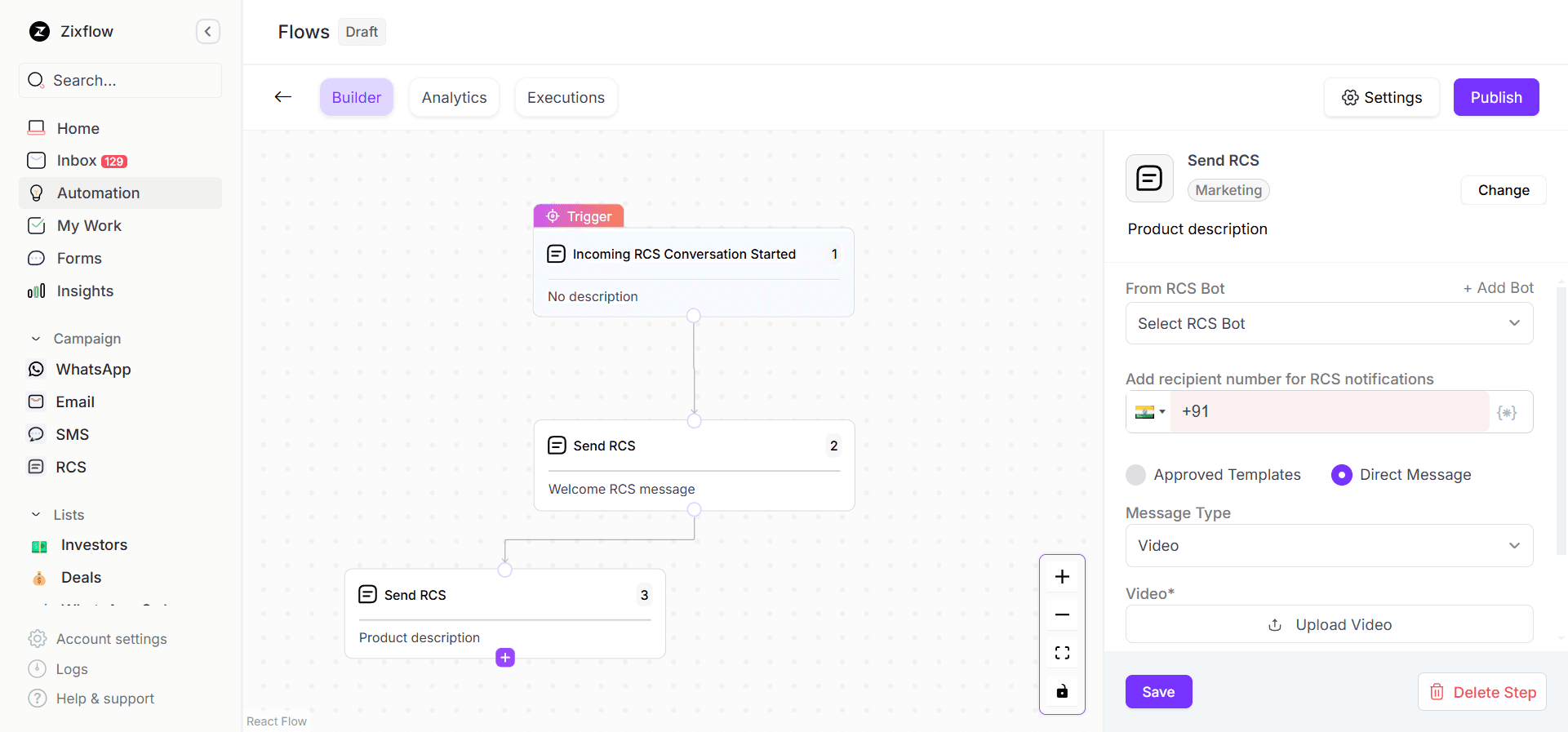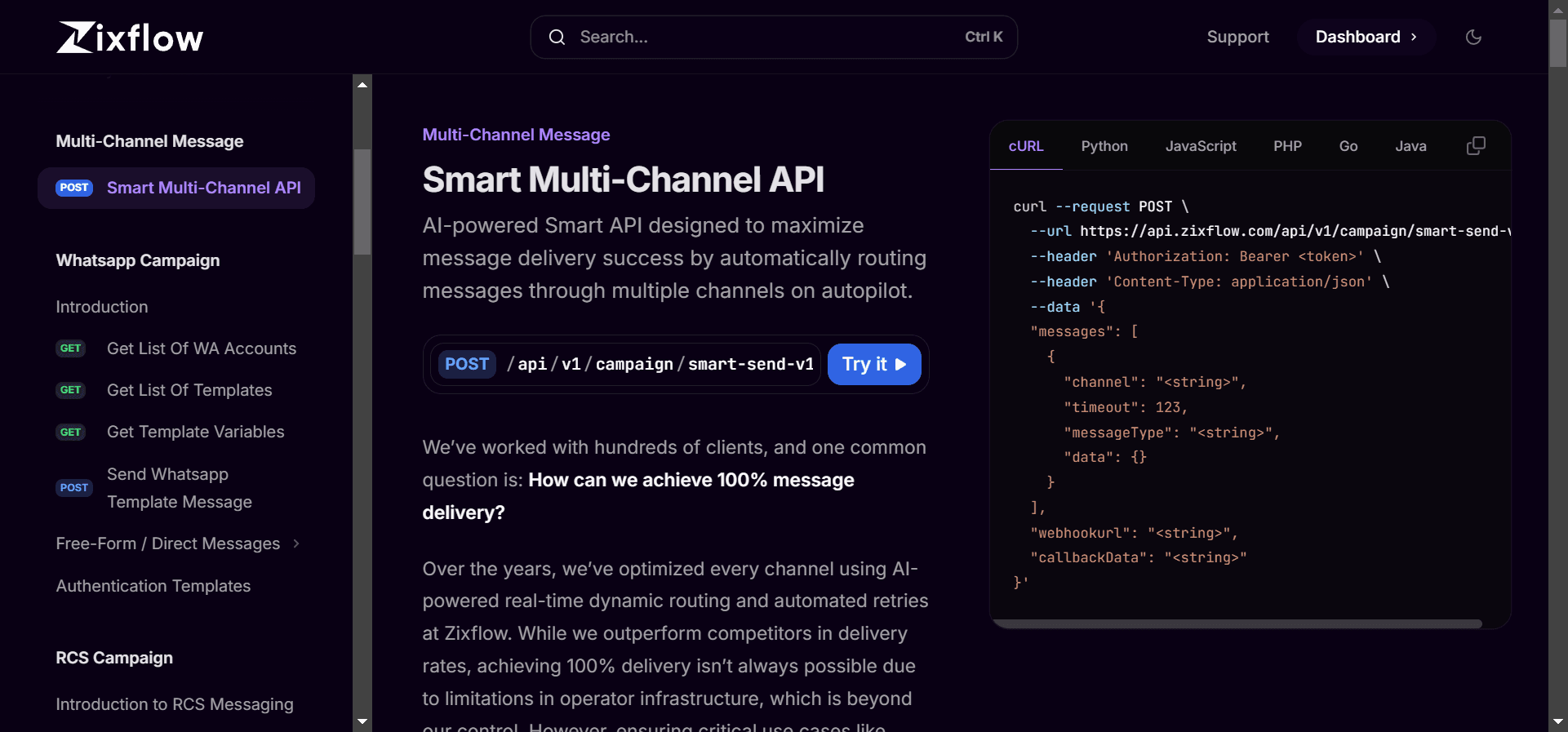The Complete Guide to Automating Your Ecommerce Workflow

With the increasing demands of customers, businesses are in a tough spot to meet these ever-growing demands efficiently. One way to tackle this situation is to get more manpower but this is not a viable option for all the businesses.
So, is there a better way to manage this scenario? Well, another way to do it is to leverage technology to get rid of mundane tasks to free up time for your internal teams. That being said, which kind of technology can help you streamline your business operations?
The answer is automation.
AI is becoming more and more advanced as the days go by. With new models continuously popping up and older ones upgrading, AI-driven workflows are gaining popularity.
The case is no different for e-commerce brands. Running an e-commerce store efficiently requires juggling multiple aspects in real-time, ranging from order fulfillment to post-delivery engagement.
So, to help you with that, in this blog, I will go over how to automate your e-commerce workflows to seamlessly run your everyday operations.
What is e-commerce workflow automation?
As suggested by that name, e-commerce workflow automation revolves around optimizing your e-commerce operations, resulting in a lower number of issues and saving resources that are needed for critical activities.
Plus, by autopiloting redundant activities, you can ensure your team members can concentrate better on meaningful tasks, such as enhancing customer satisfaction or driving leads through the stages of the sales pipeline seamlessly.
Having your operations on autopilot can also lower the workload on your internal teams, increasing the overall efficiency for improved business success and long-term relationships.
Key areas to automate for your e-commerce business
As I said above, running an e-commerce store requires managing various things in real-time, like inventory management, restocking products, and sending timely order notifications.
Having said that, let’s look at some of the key aspects of e-commerce business that you should consider automating for a streamlined business process:
Order processing and fulfillment
Order processing is one of the most time-consuming aspects of e-commerce. With workflow automation, you can optimize the process from order placement to delivery.
For example, you can build your own order management system by integrating e-commerce platforms like Shopify, WooCommerce, and Adobe Commerce (formerly Magento) with automation tools such as Zixflow, to effectively import order details into the platform.
Inventory management
Keeping track of stock levels manually can lead to overselling or stockouts, leading to frustrated customers and lost sales. Automating inventory management helps maintain optimal stock levels and forecast demand.
To effectively manage your inventory, you can sync the number of items using the software. Also, you can set up automated notifications whenever the items in your inventory reach a critical level. Furthermore, you can also automatically trigger restocking purchase orders when the stock falls below a set threshold.
Customer support and engagement
Customer engagement and support is a crucial part of a successful e-commerce store. If your customers are facing a problem but are not getting answers from you, you may as well mark them as lost.
On top of that, continuous engagement with leads is important because it takes five or more follow-ups, in general, to convert a prospect into a paying customer. So, providing excellent customer experience is needed for long-term customer retention, but it doesn’t have to be entirely manual.
Using AI chatbots, you can automatically resolve common customer queries, send personalized support messages based on their purchase history, and drastically reduce the response time. These chatbots can be trained to send valuable information by going through your self-help knowledge base and directing customers to solve their issues by themselves.
If the problem is not solved after referencing your help articles, then the ticket can be submitted for a support rep to go over the issue. This way, the agent already has the information about past interactions the customer has had with the bot, and can promptly handle the concern without asking for the same information again.
Modern tools, such as Zixflow, come with a native chatbot builder and automation platform, where you can build a chatbot with custom IFTTT triggers to send a relevant message based on actions taken by the user.

Marketing automation
Marketing messages inform your audience about your offerings, letting them know about any upcoming offers, and help you establish a presence for your brand. Moreover, with an effective marketing strategy, you can nurture potential customers, help them identify the right products, and convert them without much hassle.
With various kinds of automation tools available for each aspect of marketing, you need a robust platform that can let you manage it all from a unified dashboard. Zixflow’s omnichannel marketing and automation capabilities allow you to handle all your outreach activities from a centralized software.

Payment processing & fraud prevention
As a business, you have to handle sensitive payment data and financial information on a daily basis. So, having automated payment processing after customers save their payment methods to safeguard against data leaks.
By setting up automated payment processing via getaways like Stripe or PayPal, you can process transactions securely. Additionally, you can use the tools like Signifyd and Riskified to analyze transactions and flag potential fraud.
How to automate your e-commerce workflows?
After understanding the benefits and key areas where automation is required for the smooth running of your e-commerce store, it is time to see how to autopilot them to achieve maximum efficiency. That being said, here are some of the ways to set up automated e-commerce workflows:
Figure out what needs to be automated
Although automated workflows are great for saving time and resources, implemented in the wrong way can further increase the workload rather than reduce it.
So, before you can autopilot your workflows you need to create a list of things that are slowing down your operations. This way, you can identify the potential areas of improvement, and set up relevant workflows accordingly.
Or you can also go for the approach where you can focus on activities that are repetitive and prone to human error. For example, automating redundant customer support tasks.
Choose the right automation tool
Once you have a clear idea of tasks you want to automate, next comes the part of selecting an automation tool/s to help you with that.
Now, this step can vary depending on your unique business needs. For instance, if you want to automate your inventory management, you can go for an e-commerce automation designed to let you automate your restocks and monitor the current inventory effectively.
On the other hand, if you wish to automate your marketing and customer engagement, then you have to go for a multichannel marketing automation software like Zixflow. With Zixflow, you can reach out to your audience across four different channels including WhatsApp, RCS, SMS, and email.
In addition to that, you can leverage the in-build automation features, such as workflow builder and sales cadences to autopilot your customer interactions. It is a complete engagement suite built for you to keep the customers engaged throughout the sales pipeline—from initial contact to final conversion.

Integrate and test
After finding the right automation tool for your e-commerce tech stack, next, comes the part of integrating it with your current infrastructure. In this stage, you have to think about how to make use of your chosen automation solution without having to switch between numerous tools to figure out which tool does what.
To ensure you make the most of your automated workflows, setting up proper integrations is crucial for seamless processes. So, ensure your automation platform supports integration with common external tools.
A good example of that is Zixflow. Although the platform is an all-around business suite, it still comes with robust integration functionalities to let you connect it with other solutions to streamline your e-commerce tasks.
Not just that. You can leverage Zixflow’s messaging APIs directly by linking the platform with your existing tools. The APIs work on a pay-as-you-go pricing model, where you only be charged for the messages you send with no usage cost, making them a cost-effective marketing option for e-commerce businesses of all shapes and sizes.

Monitor and optimize
Lastly, setting up automated workflows, similar to any other process, involves constant monitoring and optimization to make sure everything is working properly.
By regularly analyzing the performance metrics and KPIs to identify areas of improvement can help you further enhance your e-commerce operations.
How to do that?
Your automation tools usually include an analytic dashboard, giving you complete insights into how the processes have been automated, customer interactions, and aspects that require some adjustments for increased efficiency.
Using these metrics, you will be able to fine-tune your workflows, allowing your sales and customer support teams to leverage them better, thereby resulting in a boost in overall sales efficiency.
Some common mistakes to avoid when setting up your automated e-commerce workflows
Till now, I have gone over the benefits of deploying e-commerce automation and the steps for you to get started with it. Next, below are some things you have to consider in order to ensure your workflows don’t work against you:
- Over-automation - Automating everything may lead to impersonal customer experiences. Finding the right balance between automation and human touch is equally important for building strong, long-term customer relations.
- Lack of integration - Using multiple automation tools without integration can create inefficiencies. You have to make sure all of your tools integrate and work together seamlessly if you are using numerous platforms for autopiloting different operations.
- Ignoring customer feedback - At the end of the day, your aim with automation is to provide a better sales experience to your customers. Monitoring customer feedback and implementing the right recommendations can be beneficial for enhancing user experience.
- Failing to update workflows - Automation is not a one-time setup. It requires constant reviews and updates for prolonged efficiency and relevancy with the market trends.
Automate your e-commerce workflows to elevate your business to a new level
E-commerce automation is a game-changer for you if you want to improve efficiency, reduce costs, and enhance customer satisfaction. By leveraging the right tools and strategies, you can streamline your workflow and scale your business effectively.
I know, deploying automation and AI-powered workflows might sound too complex but with modern tools, you get started with it without needing much technical expertise.
My advice would be to start small, automate critical processes first, and gradually expand automation across your e-commerce operations. With a well-executed automation strategy, you will have more time to focus on growth and delivering exceptional customer experiences.
If it still sounds like too much work to you, you can leverage our all-in-one platform for managing your outgoing and incoming communications from a unified location. Get started with a 7-day free trial of Zixflow or you can see the solution in action by scheduling a tailored demo with our sales experts.
